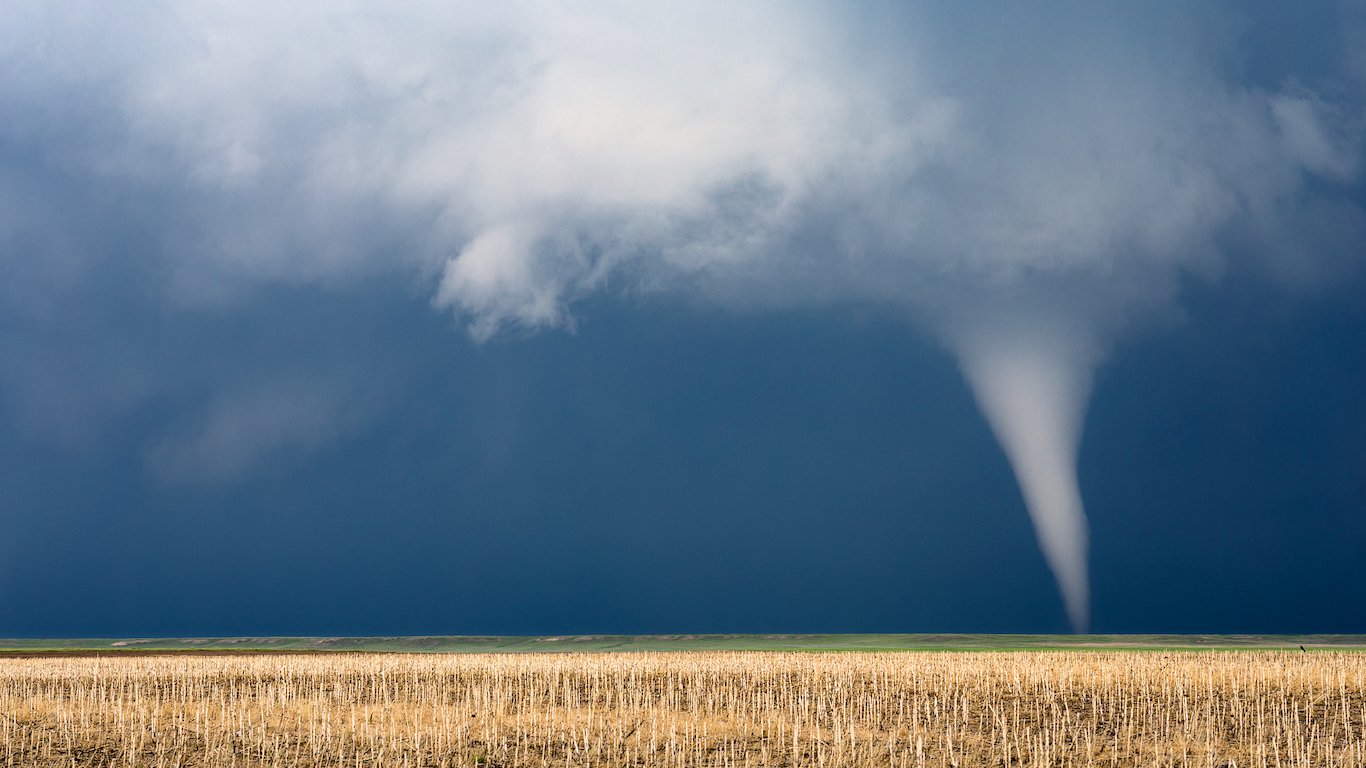
"National Oceanic and Atmospheric Association (NOAA) doppler radar studies have shown that wind speeds aloft in many tornadoes can exceed those inferred from ground damage surveys, highlighting the limits of current measurement methods. This research suggests that we need to better understand tornado strength and speed, information which could result in buildings that are better able to withstand these winds. Preparing buildings and communities for tornadoes could have far-reaching effects. Tornadoes can cause significant property damage, decimate buildings, and, in some cases, cause numerous fatalities."
"Winds are highly destructive; the strongest tornadoes can produce winds over 300 mph, though such speeds are exceptionally rare. Several smaller towns have been partially wiped out by tornadoes. Since the costs of repair can be extremely pricy, tornadoes can also hinder towns' economic development. Tornado seasons across the United States vary by region, though 54-60% of tornadoes occur between March and June."
"Here, 24/7 Wall St. identified where tornadoes happen most often, and what safety tips can protect you in times of trouble. To do so, we used information from the NOAA National Severe Storms Laboratory, The Weather Channel, and the National Weather Service. We also included some suggestions from the American Red Cross and others to help keep you, your property, and your family safe during and after a tornado."
NOAA Doppler radar studies show wind speeds aloft in many tornadoes can exceed estimates derived from ground damage surveys, revealing limits in current measurement methods. Better knowledge of tornado strength and speed can inform building design and improve resilience. Tornadoes can cause extensive property damage, destroy buildings, and cause fatalities; the strongest can produce winds over 300 mph, although such speeds are exceptionally rare. Tornadoes can hinder economic development through costly repairs. Tornado season timing varies by region, with roughly 54–60% occurring between March and June. NOAA, The Weather Channel, the National Weather Service, and the American Red Cross provide preparedness, shelter, and insurance guidance.
Read at 24/7 Wall St.
Unable to calculate read time
Collection
[
|
...
]